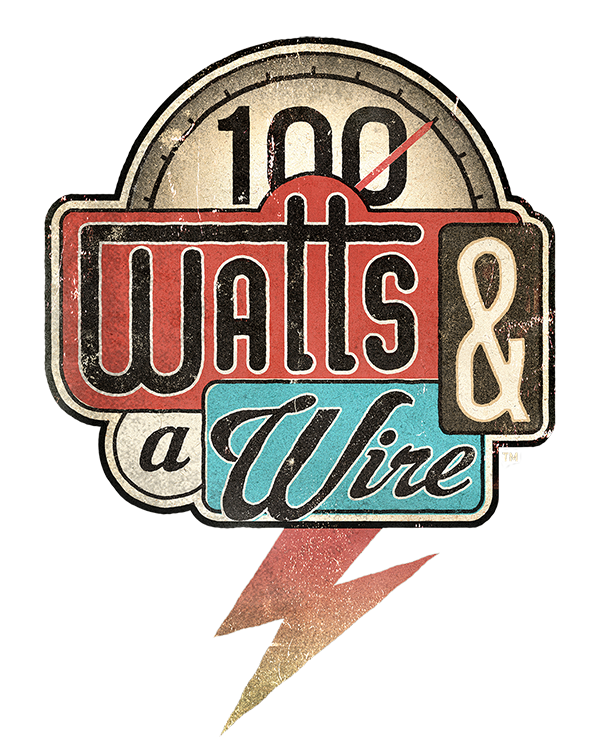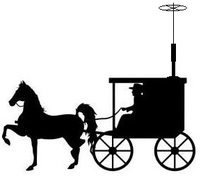Anyway, to get on with the topic of this post - some of you may remember reading about my gutter antenna in an earlier post. Since my vehicle was going to be gone for a bit getting repaired, I decided to take my radio gear out, so that I could set it up and play with it at home. With 2 little ones in that house, even that is hard to do, but I eventually threw everything back on my desk, and hooked it up to the Gutter-tenna.
These first 2 radials I put down are 50 feet long. One runs along the house, and goes around the front corner, so it is tucked in the back of the flower beds. The other runs through a mulched area under a big tree, and then under the play house I built in the back yard a couple years ago. Even though we're not done mulching, I threw mulch down over the radial that runs towards the back, just to hold it down while we mulch the rest of the area. Just do me favor and ignore the dirt on the playhouse porch - we just had a decent wind/rain storm and all the stringy dirty stuff came down from the maple trees and blessed us with it's presence all over our property.

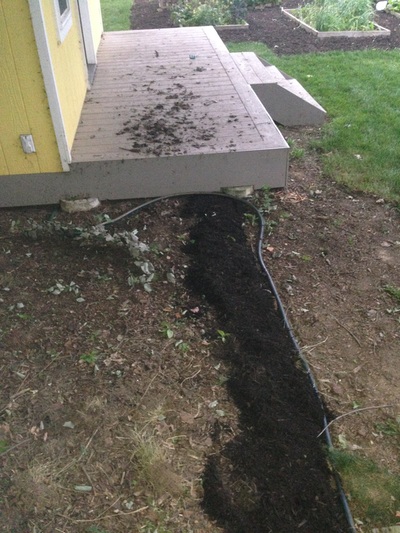
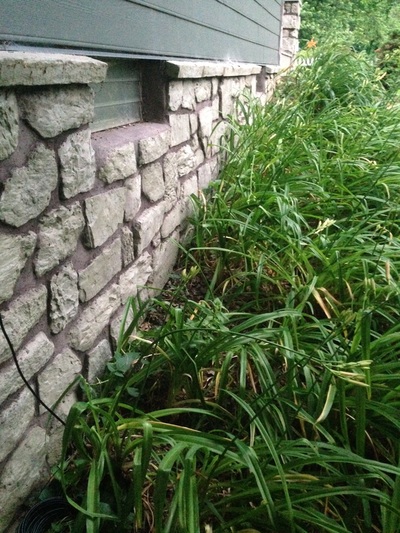
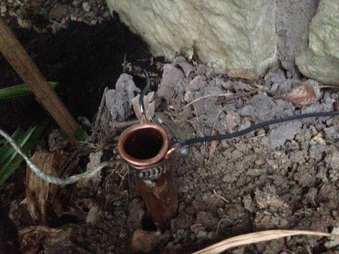
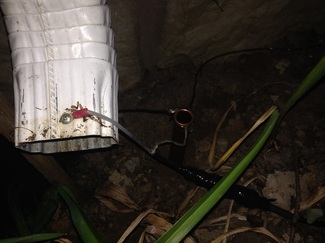
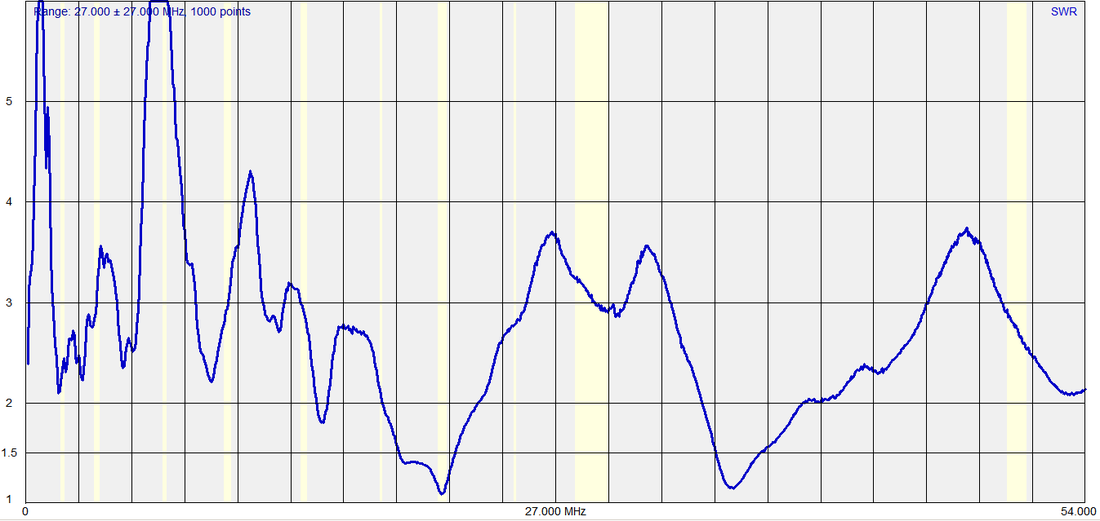
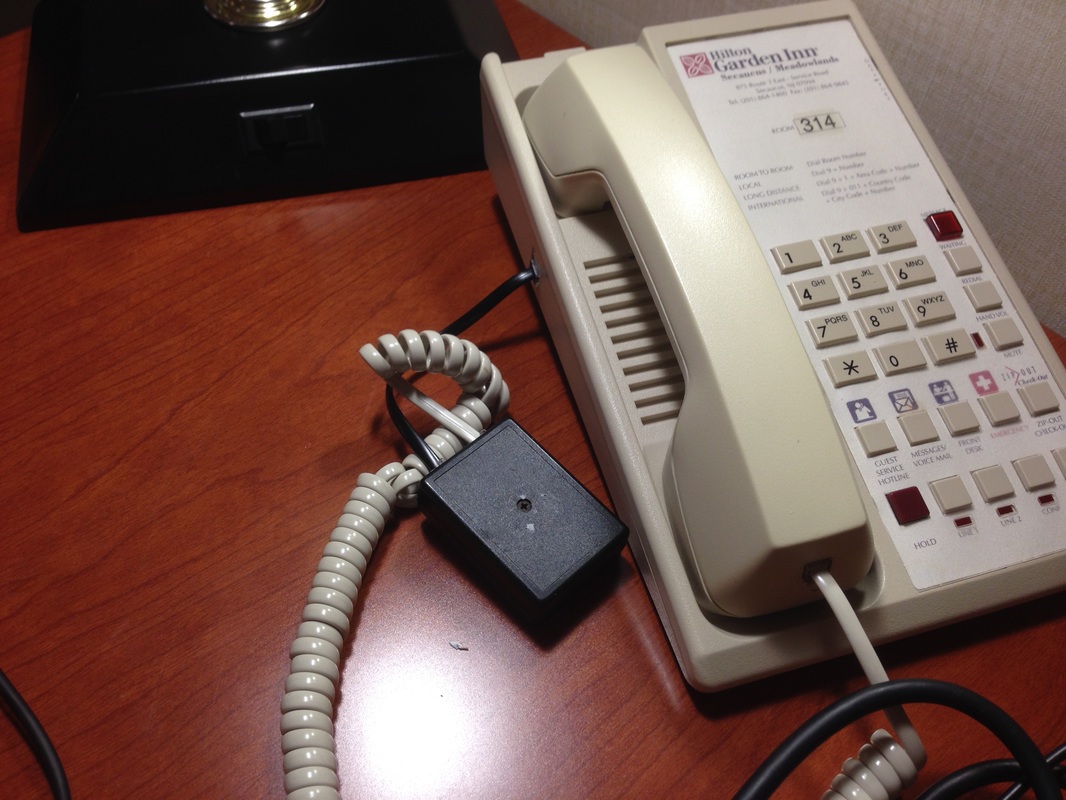
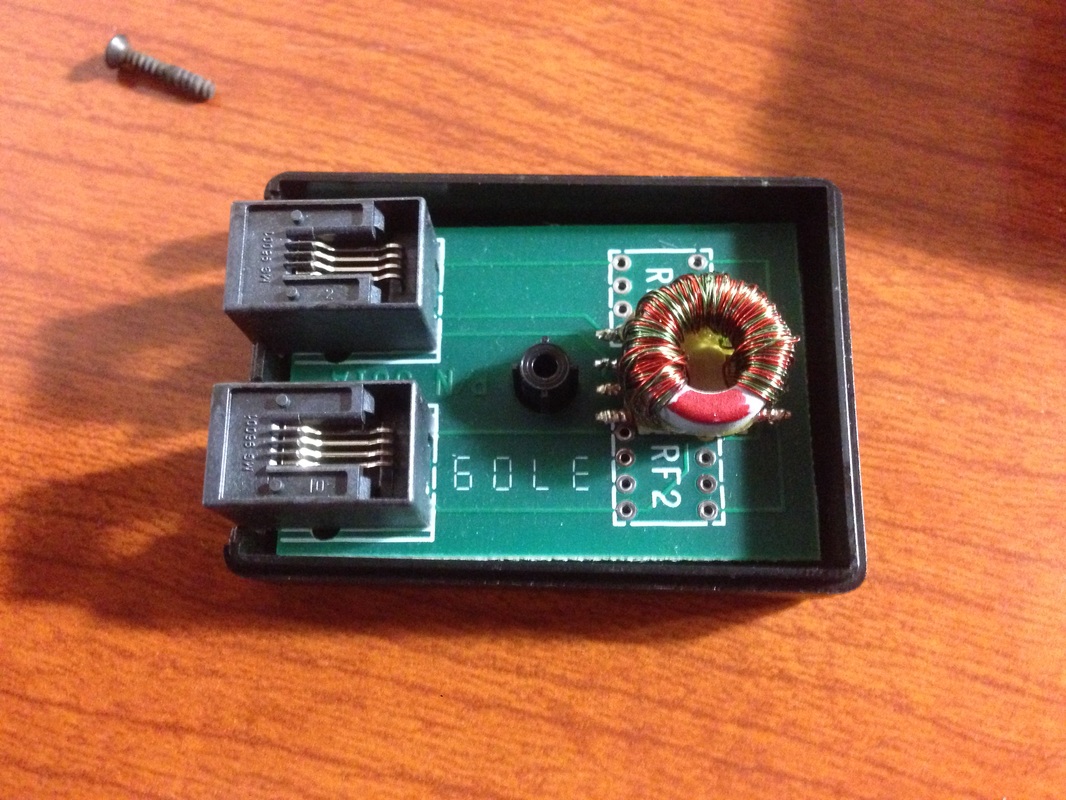
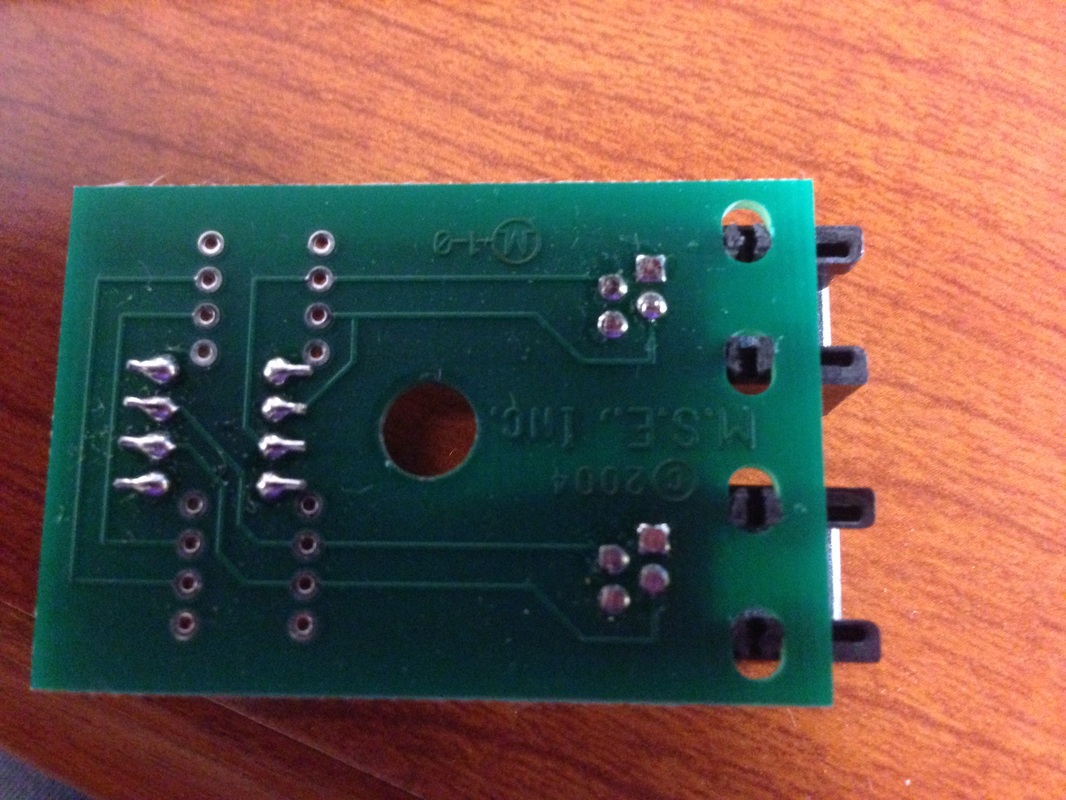
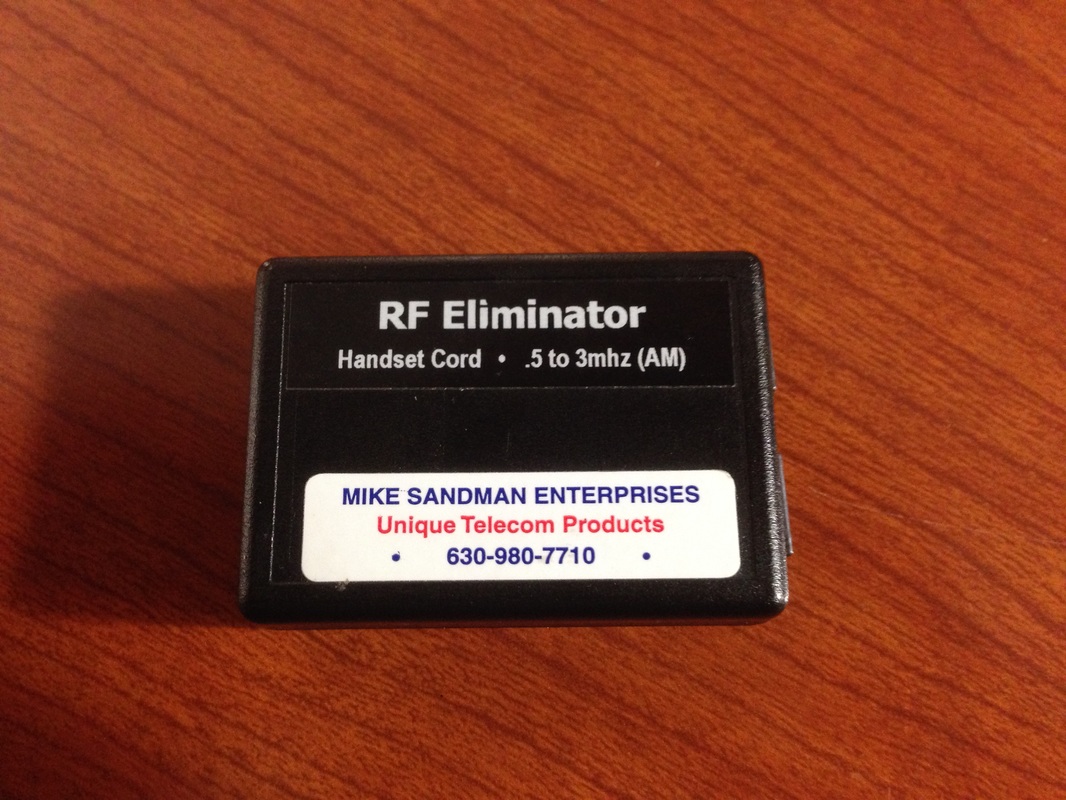
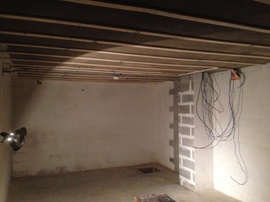
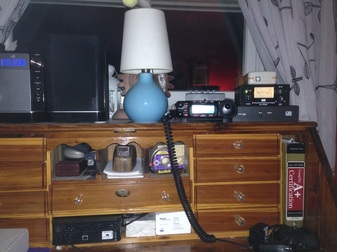
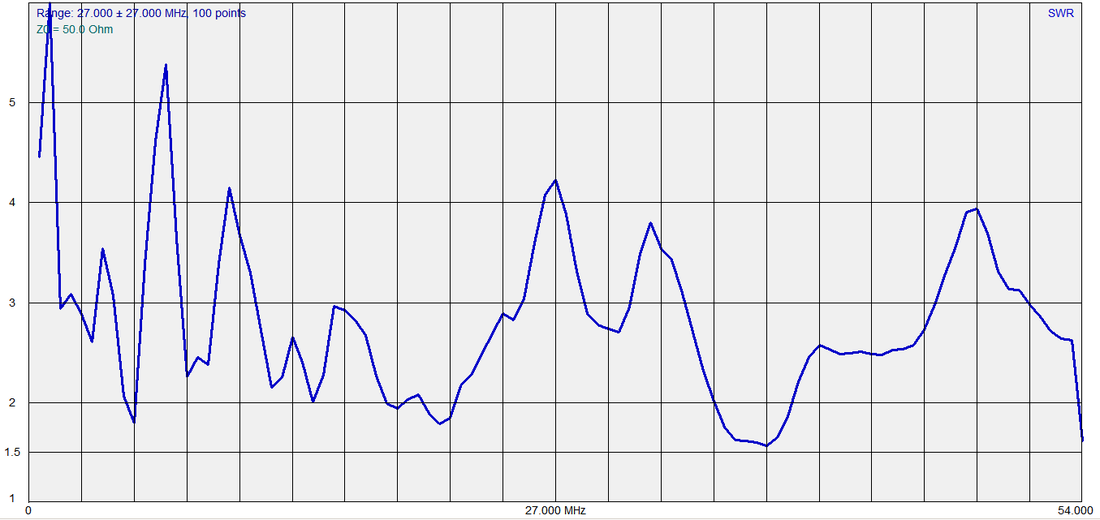

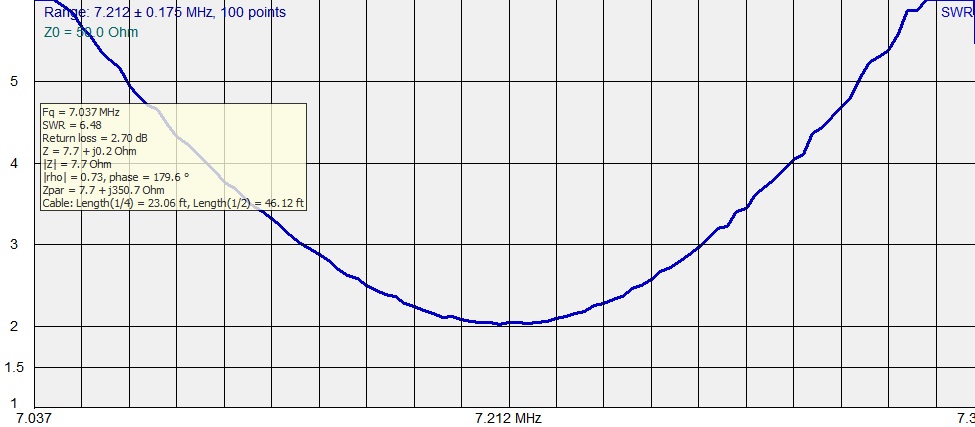
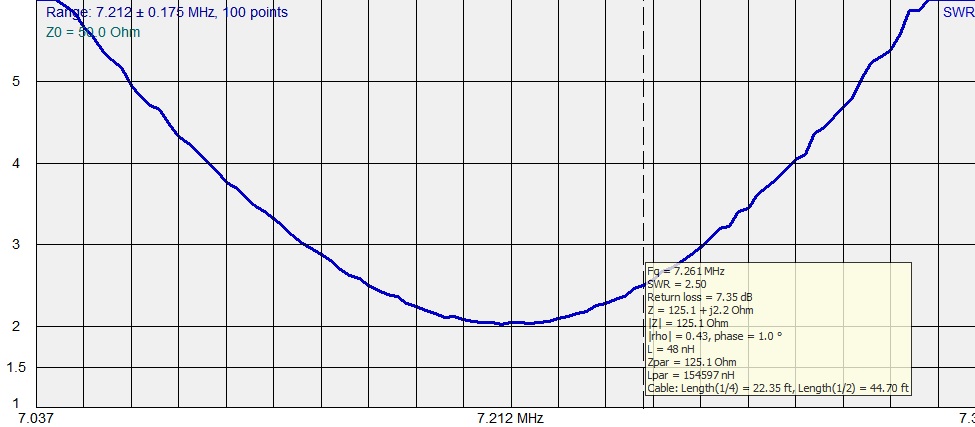
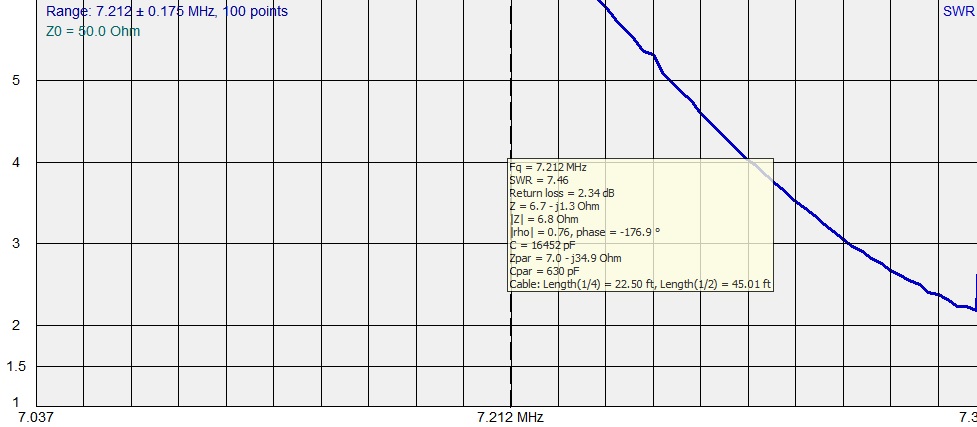
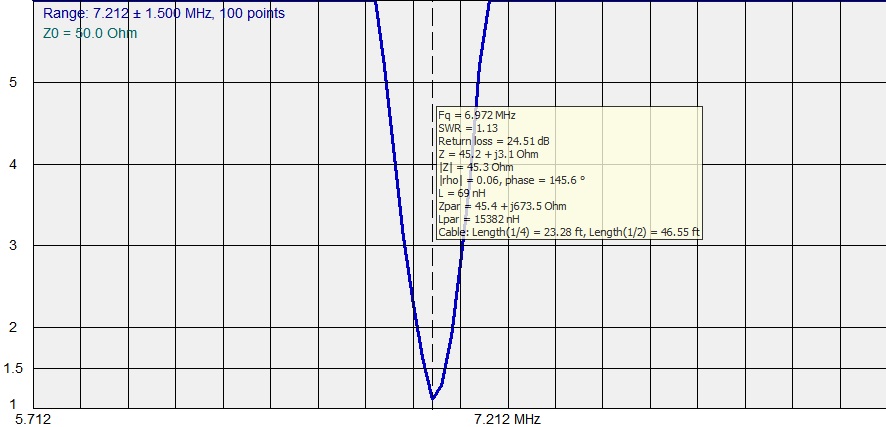
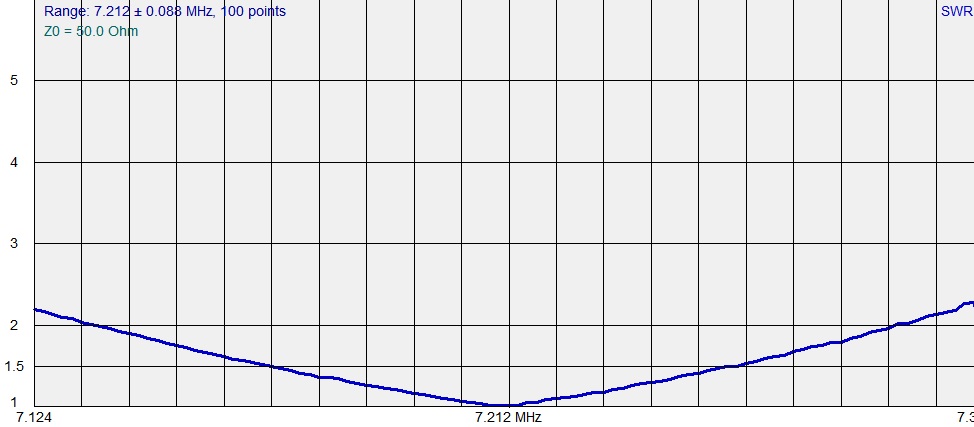
 RSS Feed
RSS Feed


